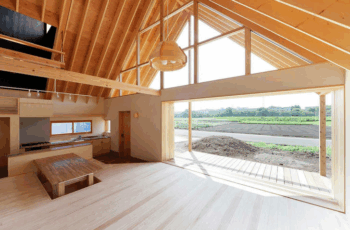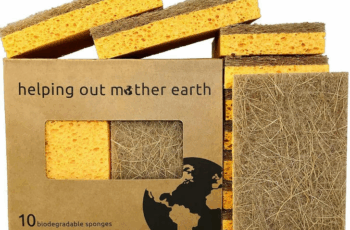
More and more people are looking to build log cabins not just for their cozy charm, but also because they want to live in a way that’s more in tune with nature. And honestly, it makes sense. A well-built eco-friendly log cabin isn’t just about wood and nails—it’s about designing a space that respects the land it sits on, uses fewer resources, and still feels warm, peaceful, and inviting.
The idea here is simple: you can enjoy the rustic beauty of a log cabin without leaving a big environmental footprint. The good news? You don’t need to be an expert to make sustainable choices—you just need to know where to start. Let’s walk through the key things to think about if you’re serious about building a greener, smarter log home.
Start With Smarter Materials
Let’s talk wood. The type of logs you use makes a huge difference. Go with timber that’s sustainably harvested or reclaimed. Pine and cedar are good options, especially from certified forests or suppliers who follow responsible practices. It’s not just better for the planet—it’s better for the long-term strength and look of your cabin.
And it’s not just the logs. Insulation matters too. Traditional insulation materials can be full of chemicals and not-so-great for the environment. Instead, try natural or recycled alternatives like sheep’s wool or cellulose. They do the job just as well (if not better), and they’re much easier on the earth.
Even your roof can help. Think recycled metal, solar shingles, or even living roofs with plants growing on top. These not only look cool but also boost insulation, absorb rainwater, and cut down on heating and cooling needs.
Let Nature Do the Work
A big part of building green is designing smart. For example, placing windows to catch winter sun can naturally warm your space. Use roof overhangs to block that same sun in the summer. It’s an old trick, but it still works—especially when combined with good insulation and airtight construction.
If you want to take it a step further, look into off-grid energy solutions. Solar panels, small wind turbines, or even geothermal systems can provide all the power you need without relying on fossil fuels. Bonus: you’ll be saving money on utilities in the long run.
Conserve Water Without Compromising Comfort
Water is precious, especially if your cabin’s in a remote area. Rainwater collection systems are a great way to reduce your reliance on wells or municipal water. Collected rainwater can be filtered and used for anything from watering your plants to flushing toilets—or even for drinking, with the right setup.
Another smart move? Install a greywater system to reuse water from your sinks, showers, and laundry for irrigation. It’s a small change that makes a big impact on your water use.
Keep Waste in Check
Managing waste sustainably doesn’t have to be complicated. Composting toilets are a surprisingly effective and low-maintenance solution. They don’t use water and turn waste into compost that can be used in non-edible landscaping.
During construction and daily living, set up recycling bins for wood scraps, cardboard, cans, and plastic. It’s all about creating habits that reduce your cabin’s footprint—without sacrificing convenience.
Stay Warm (or Cool) Without Burning Resources
Heating and cooling a cabin efficiently is totally possible. A wood stove can be a great heating source if you have access to properly seasoned firewood. Even better? Biomass heaters that burn pellets made from sawdust and other waste materials.
As for cooling, design your cabin with airflow in mind. Cross-ventilation, ceiling fans, and shade trees can go a long way in keeping your cabin cool during the summer—without cranking up the AC.

Think Outside the Walls
Landscaping might not be the first thing that comes to mind when you think “eco-friendly cabin,” but it’s a big part of the equation. Stick with native plants—they require less water and are naturally suited to your local climate.
You can also explore xeriscaping, which focuses on drought-tolerant plants and water-efficient layouts. It’s low maintenance and high impact, especially in dry areas.
Done right, your landscaping can blend into the surrounding nature, attract birds and butterflies, and even help with insulation and erosion control. Plus, it just looks beautiful.

Final Thoughts: You Don’t Need to Be Perfect—Just Intentional
Building an eco-friendly log cabin doesn’t mean giving up comfort or style. It’s about making thoughtful choices—using the right materials, designing smart, and being kind to the land.
No one gets everything perfect, and that’s okay. What matters most is building with awareness. Every decision you make, from your choice of roofing to your water system, can bring you closer to a cabin that feels good and does good.
At the end of the day, you’re not just building a structure—you’re building a way of life. One that’s rooted in nature, simplicity, and sustainability. And that’s something truly worth investing in.

